
2012 national competition project #056 | cafeteria redesign
Im doing the cafeteria competition and Im just going to come up with as many creative soulutions as possible to imporve not just our cafeteria but everyones cafeterias OwO
Cloud Varias Kira's work for the Collect Information step:
Summary
We spent tree days of class time taking mesurements and pictures for this project then we developed floorplans and brain stormed our ideas to help develop are own creative solutionsCloud Varias Kira's work for the Brainstorm Ideas step:
The student did not provide any content for this step.

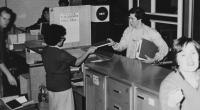


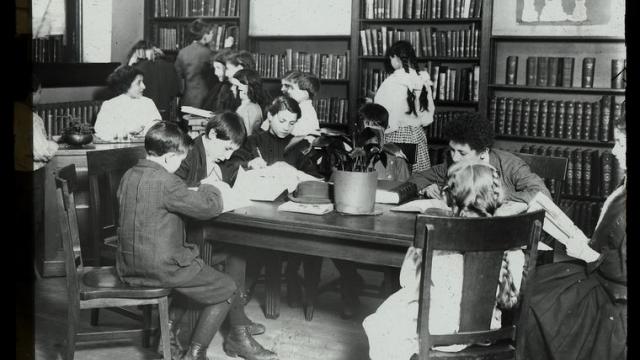
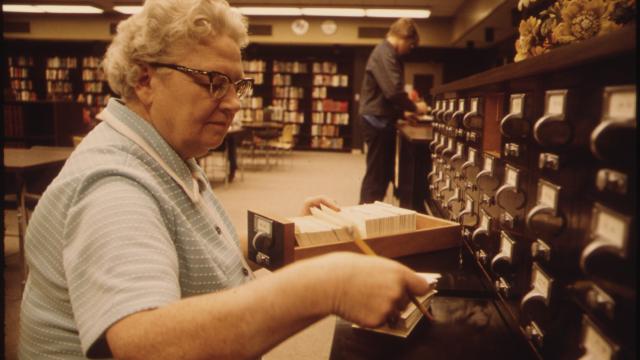
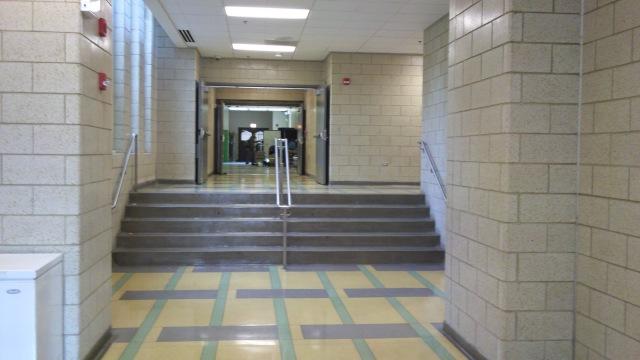





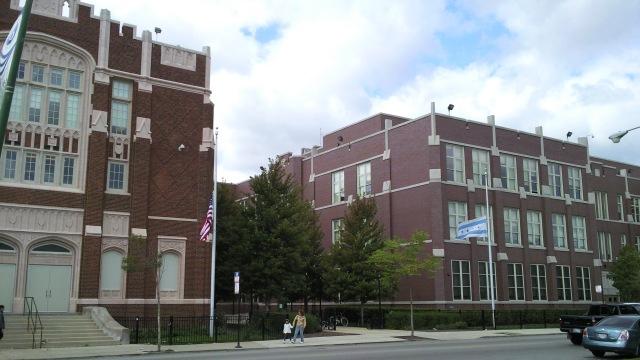

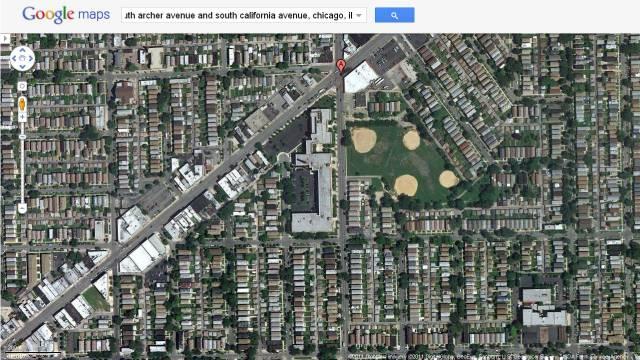









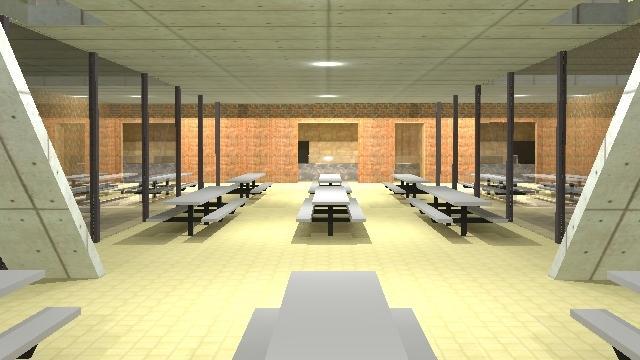

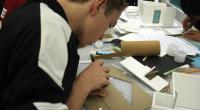

Comments
Im excited to part of this project cant wait to see what happens
Cafeteria Project
Flaws
1. Well to get this out of the way there is no real building aesthetics hardly any aesthetics at all our cafeteria is ordinary /under ordinary. I do realize that the importance with aesthetics is less important than a user friendly design the effect will eventually die in people but I want to stun people with special kind of flare when they walk into the room. The cafeteria floor is a type of tile resembling a light shade of wood or orange/brown color would better describe it and rough pitted white painted center block style walls. There is a moral on the left side (low class) and got milk and pro-teen propaganda posters as I said far from impressive.
2. A concern of mine is mobility and conformability with all who use the area that is a problem with the current layout because the tables are too cramped and assorted so were back to back, cramped, its claustrophobic and that is a big deal for me. On that the cafeteria of a high school is a place to socialize in word a hangout for the youths and it should be comfortable for them but at the same time allow easy functions and access for the teachers, janitors, and our beloved cafeteria staff.
3. The size of the cafeteria is not a problem; it is annoying though, because there is obvious room to expand the sitting room through our court yard they are side by side and could be expanded no meshed together, at the same time separate. Expanding is difficult however and is difficult a-lot of variables to consider.
4. The heating fixtures are falling apart, they are on ground level and make sounds because people put stuff in side them, they are also a shade of brown.
Sorry for goofing off ... guess its time to work hun wont dissapoint
So you see a cafeteria as primarily a social meeting place with food service as secondary. I believe that is true for many students; however, some receive their only meal of the day here. It will be interesting to see how you address both needs in your design. I have a hard mark up on sentence structure, spelling, punctuation and grammer. Please see me.